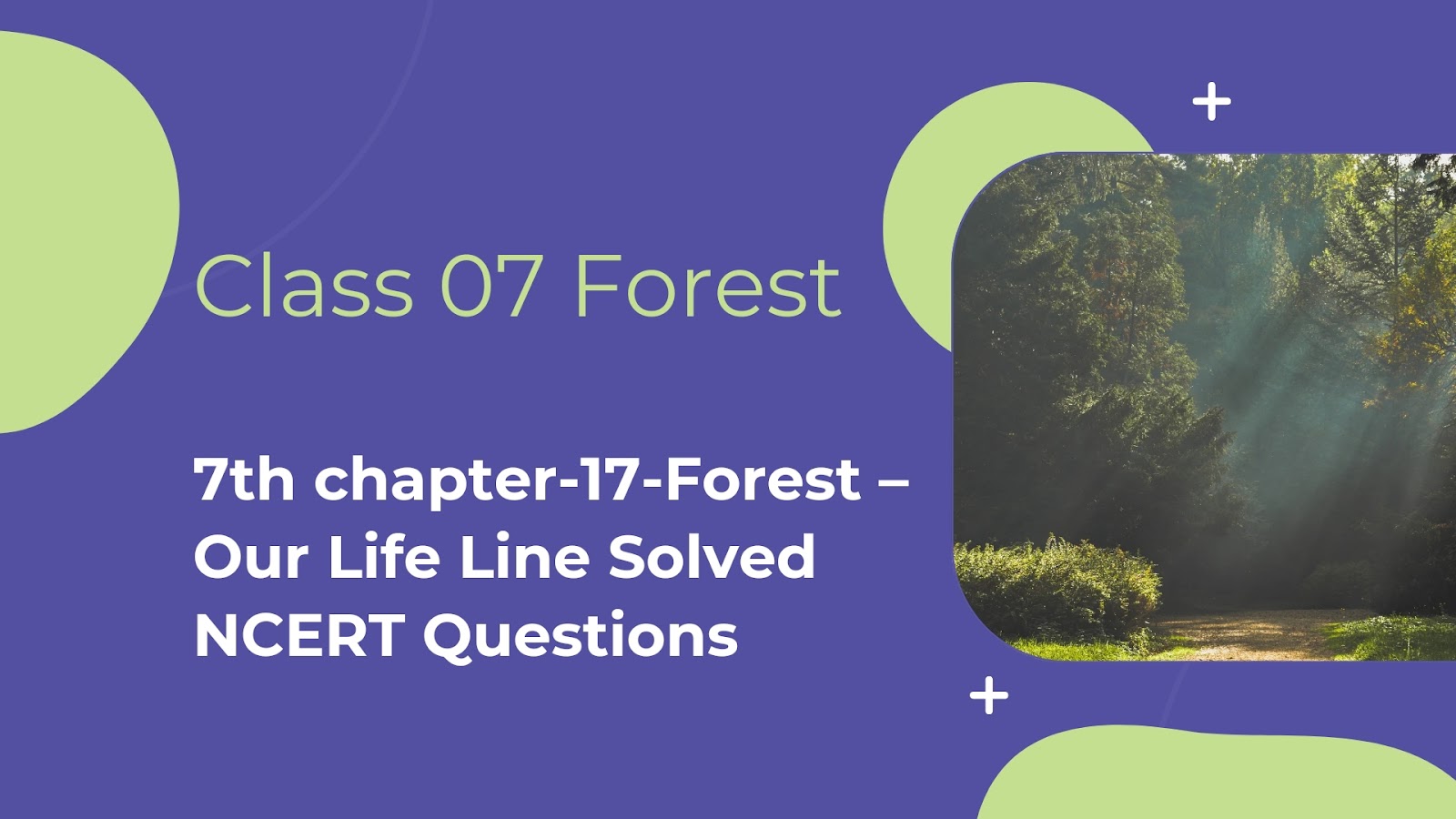a. Decomposers
convert dead plants and animals into ______.
Compost
Compost
b.Tall
trees which look like roof over other plants in the forest is called_________.
Canopy
c.The
various components of the forests are ___________ on another.
Dependent
d.
Forests are the -------------- for the forest dwelling communities.
Home
e.-------------------------
help forest to grow and regenerate.
Animals
f.-----------------------
forms the uppermost layer in the forest.
Canopy
2.
State whether True or False:
a.The
different horizontal layers in the forest are known as under storey’s.
True
b.Forest
help in causing floods.
False
c.Forest
are called green lungs.
True
d.The
type of animals remains same from forest to forest.
False
e.Deforestation
will endanger our life and environment.
True
f.Forest
is a dynamic living entity.
True
3.Name
the following:
a.The
branchy part of a tree above the stem.
Crown
b.Two
forest products.
Latex
and fibre
c.The
lowest layer of vegetation in a forest.
4.Define: (i) Forest. (ii) Deforestation.(iii) Canopy.(iv) Crown
Answer:
Answer:
(i)A
large area covered with plants and animals is called forest
(ii)
Cutting down of trees is called deforestation
(iii)
The upper most layer of branches of tree which serve as dense roof of tree over
the ground is called canopy.
(iv)The
layer where trees branch off from tree trunk is called crown.
5.Answer these question
1. Question: Explain how animals dwelling in
the forest help it grow and regenerate.
Ans: We can
see a bunch of seedlings growing in a decaying heap on animal droppings. These
seedlings are generally herbs and shrubs which feed, develop and grow on heap
of animal dropping especially in rainy seasons. Moreover animals also help in
seed-dispersal of certain plants and help the forest to grow and regenerate.
The decaying animal dung also provides nutrients to the seedlings to grow.
Microorganisms such as, decomposers also help in maintaining the supply of
nutrients to the growing plants in the forest.
Continue learning Chapter:chapter-17-Forest –Our Life Line View
You might also like:


Comments
Post a Comment